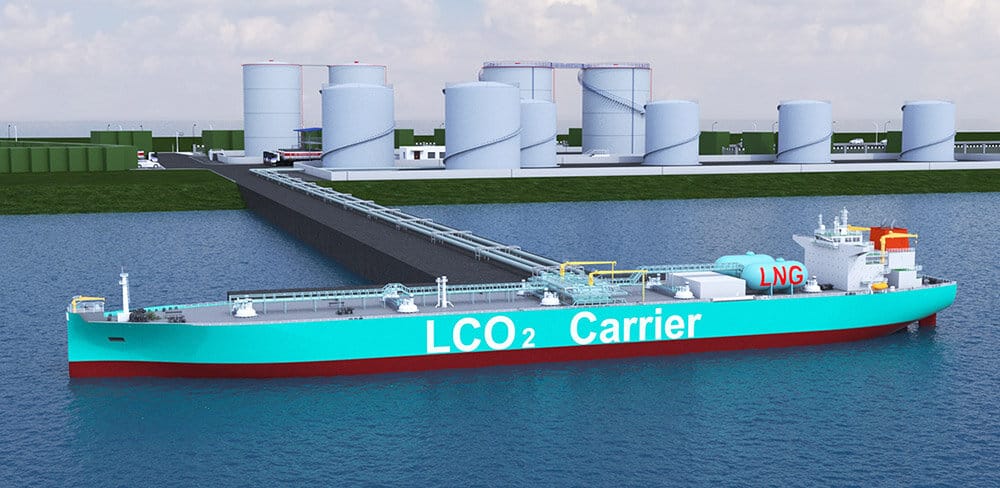Lloyd’s Register awards HD Hyundai Mipo AiP for 20,000 cbm LCO₂ Carrier
Groundbreaking Partnership Paves the Way for New CO₂ Carrier Design

HD Hyundai Mipo Co., Ltd. (HMD) and Lloyd’s Register (LR) have made an important breakthrough in the transportation of liquid carbon dioxide (LCO₂). Together, they have successfully developed a new type of ship designed to carry large amounts of LCO₂, which will play a key role in reducing carbon emissions worldwide.
On September 19, during Gastech 2024 in Houston, HMD received approval in principle (AiP) for their 20,000 cubic meter (cbm) LCO₂ carrier. This approval was a result of their joint development project (JDP) with Lloyd’s Register, which focused on creating an efficient and reliable ship for the growing LCO₂ value chain.
The Role of CO₂ Carriers in Fighting Climate Change
This new carrier is crucial because the world is increasingly turning to carbon capture and storage (CCS) technologies to combat climate change. The goal is to trap carbon dioxide from the air and store it safely, helping meet the Paris Agreement’s aim to achieve net-zero emissions by 2050. The 20,000 cbm LCO₂ carrier will help transport captured CO₂ to storage facilities.
The ship’s design focuses on both technical and economic efficiency. One of its standout features is an optimized cargo tank arrangement, which reduces costs while meeting strict pressure requirements of 19 bars. This efficient design was a major focus of the JDP, showing how shipbuilders are working to lower costs and meet global environmental goals at the same time.
LR grant Approval in Principle for HMD’s 10,000cbm ammonia bunkering vessel
Advanced Safety and Technical Features
Lloyd’s Register also carried out a detailed technical review of the ship’s design, focusing on the materials used for the cargo tanks. To ensure the ship is safe and strong, LR used a method called Engineering Critical Assessment (ECA), which evaluates the strength of the materials. The cargo tanks are made from a special material with a minimum yield strength of 690 MPa, making them highly durable and able to withstand high pressure.
The evaluation was based on the latest rules and regulations set by LR for the classification of ships and for the safe transport of liquefied gases like CO₂. These regulations are in place to ensure the safety and efficiency of the ships carrying such critical cargo.
A Strong Collaboration for the Future of Shipping
Both HMD and LR are excited about the success of this project. Sung-Gu Park, President of Lloyd’s Register for North East Asia, said that this collaboration marks a big step forward in LCO₂ transportation. He emphasized that both companies are committed to designing better ships that are not only efficient but also environmentally friendly.
Similarly, Dongjin Lee, Vice President and Head of the Initial Design Division at HMD, shared that the project has given both HMD and LR valuable insights into LCO₂ cargo tank design. He believes this new carrier will position them as leaders in the shipbuilding industry, helping drive the transition to sustainable energy solutions.
Building on Previous Success
This project builds on a strong partnership between HMD and LR. Previously, they worked together on designing four other LCO₂ carriers with a capacity of 22,000 cbm. These carriers were also equipped with special tanks that could store CO₂, ammonia, and liquefied petroleum gas (LPG), showing the versatility of these vessels.
This successful collaboration between HMD and LR sets the stage for the future of LCO₂ transportation, with both companies leading the charge in sustainable shipping technologies. As the world continues to seek ways to lower carbon emissions, these new ships will play a vital role in transporting captured CO₂ and supporting the global energy transition.
